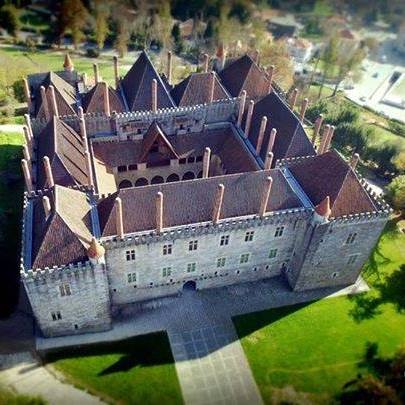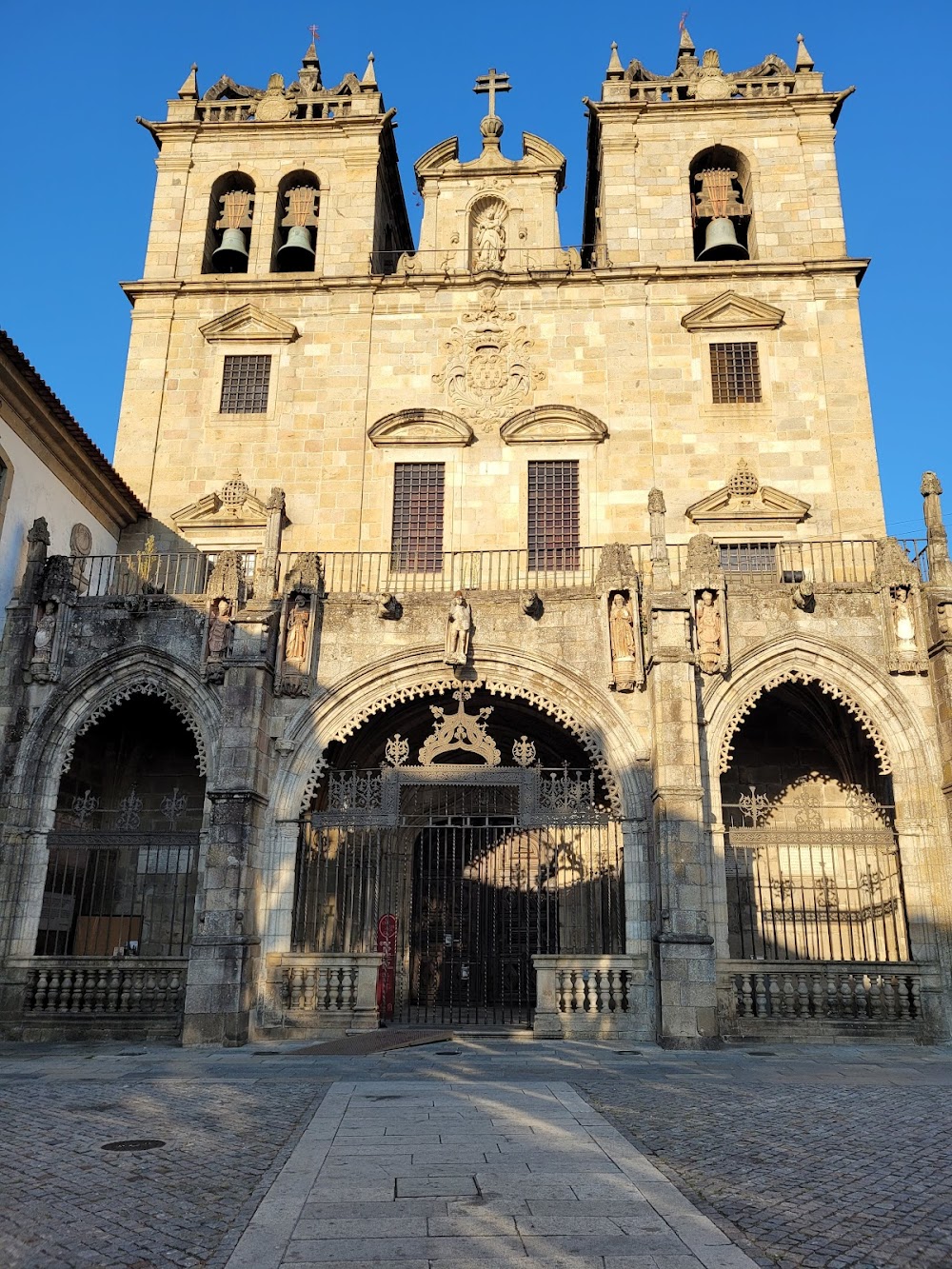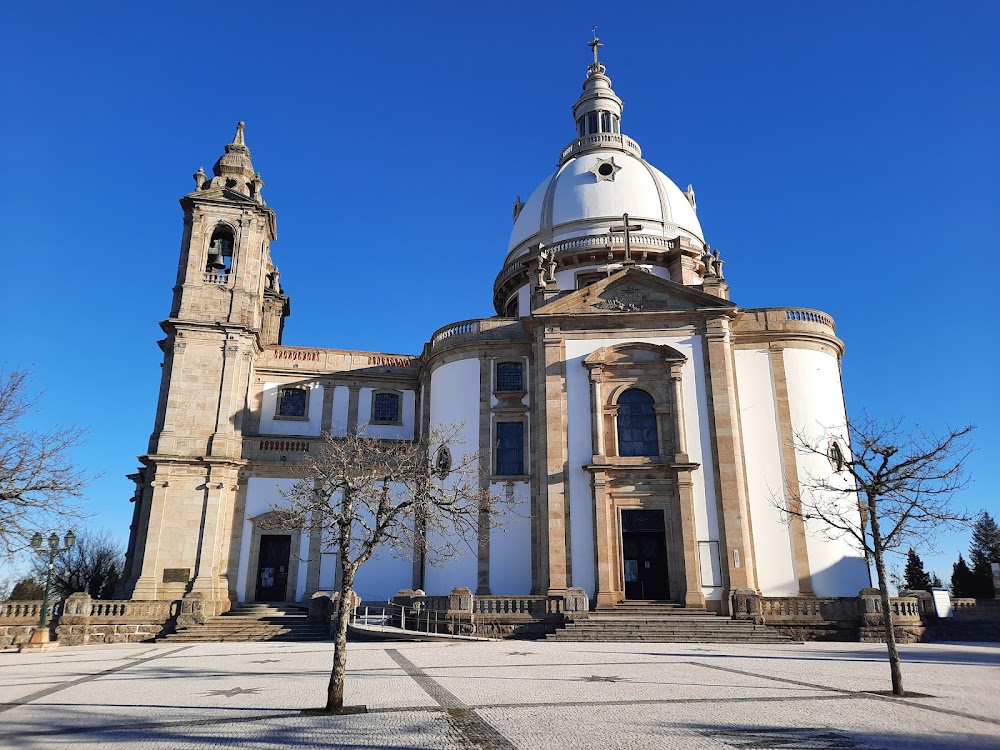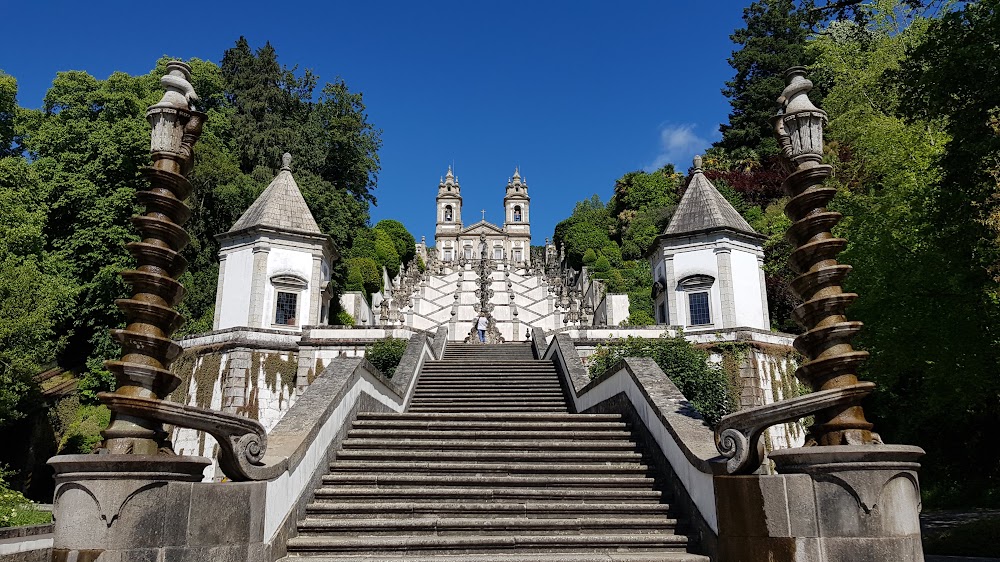Palace of the Dukes of Braganza (Paço dos Duques de Bragança)
Overview
The Palace of the Dukes of Braganza, or Paço dos Duques de Bragança in Portuguese, is a stunning historical residence nestled in the heart of Braga, Portugal. This majestic palace, dating back to the 15th century, was commissioned in 1420 by Afonso, the first Duke of Braganza—an influential figure in Portuguese history. The construction of this grand residence not only highlighted the wealth and power of the Braganza family but also marked a significant development in the region during that era, as the Duke aimed to create a home that embodied his status while ensuring comfort and security for his lineage.
The architecture of the palace is a striking blend of military and residential elements, showcasing a prominent Flemish influence that was particularly favored among European nobility at the time. Visitors will be captivated by the intricately designed rooftops, the imposing towers, and the grandeur of the facade, all of which reflect the artistic trends of the period. The palace's fortified walls serve as a reminder of its historical significance, while the elegant living spaces invite guests to imagine the lavish lifestyle once enjoyed by the Dukes and their households.
One of the most remarkable features of the palace is its use of locally sourced materials. The abundance of granite in the Braga region was extensively utilized in the construction, lending the building a distinctive grey hue that harmonizes beautifully with its natural surroundings. This choice of material not only ensured durability but also emphasized the connection between the palace and its environment, making it an integral part of Braga's landscape.
Inside, the palace boasts an impressive array of luxurious furnishings, including exquisite tapestries, fine furniture, and an assortment of artworks acquired from across Europe. The grand banquet halls, private chambers, and beautifully decorated corridors reflect the opulence of the Braganza family and their penchant for sophistication. Each room is steeped in history, inviting visitors to learn about the lifestyle and legacy of its former inhabitants.
Throughout its history, the Palace of the Dukes of Braganza has played a pivotal role in the social and political life of the region. It served as a vital hub for decision-making that influenced not only the Dukes' territories but also the broader political landscape of Portugal. Significant events, banquets, and receptions frequently took place within its walls, where nobles and dignitaries gathered to discuss matters of importance.
Despite its grandeur, the palace experienced periods of decline and restoration over the centuries. In the 16th century, the palace fell into partial abandonment as the Braganza family's power dynamics shifted. This neglect continued until the 20th century when the Portuguese government recognized the palace's historical significance and initiated extensive restoration efforts. Expert artisans and historians worked diligently to preserve the architectural integrity and authentic features of the structure, ensuring that renovations honored the original designs and materials.
Today, the Palace of the Dukes of Braganza stands as a well-preserved monument, open to the public as a museum. Visitors can explore its vast rooms, historic artifacts, and beautifully maintained gardens, all while learning about the rich history of the Dukes of Braganza and their profound influence on Portuguese culture and politics. The palace also hosts various events and exhibitions, making it a vibrant and engaging part of Braga's cultural landscape.
In summary, the Palace of the Dukes of Braganza in Braga, Portugal, is a magnificent testament to the grandeur of the past. Built in the 15th century by the first Duke of Braganza, it showcases Flemish architectural influence and the use of local materials. Through careful restoration, this site has maintained its historical significance and continues to be an integral part of the region's heritage, offering insight and education to all who visit.






